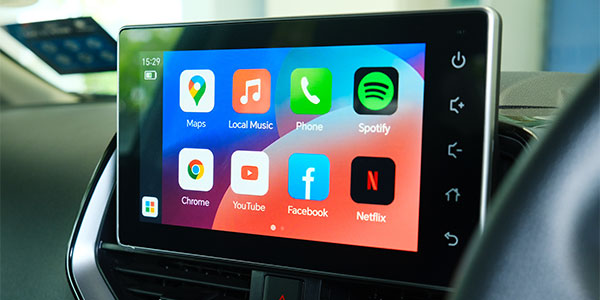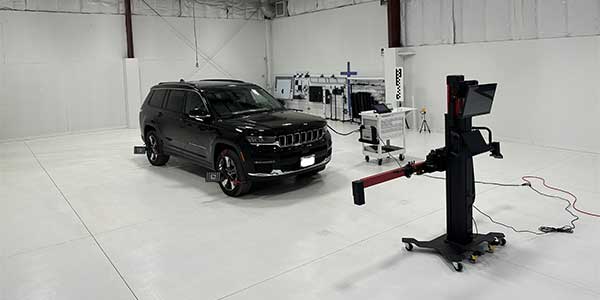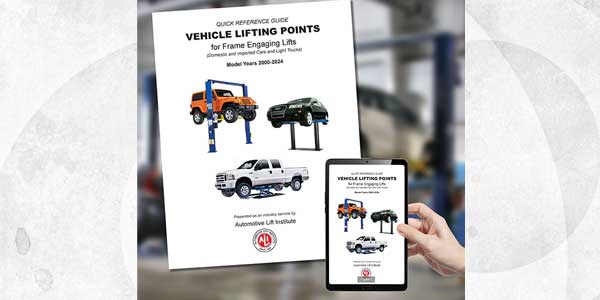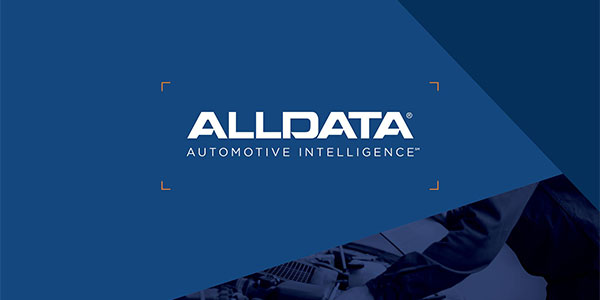The AAA Foundation for Traffic Safety has released a new study on artificial intelligence (AI) and driving automation systems.
Driving automation systems have become more widely available and popular over the past several years. While vehicle automation offers drivers both safety and convenience, automation may also have negative consequences, such as increased driver engagement in non-driving related tasks. The issue of driver inattention while using these technologies underscores the importance of systems that issue warnings and alerts to drivers regarding system status and function. In one particular use case, when these systems detect driver inattention or road conditions that the automation cannot handle, they issue alerts to the driver to return their attention to the road and/or to take over control of the vehicle.
Warnings and alerts in takeover situations can improve driving behavior and help drivers become more aware of their surroundings; however, the manner in which an alert is implemented through a vehicle’s human-machine interface (HMI) can vary greatly along many dimensions. The goal of this project, based on a cooperative agreement between the AAA Foundation for Traffic Safety and the SAFER-SIM University Transportation Center, was to examine driver responses to two HMI configurations, which consisted of different auditory and visual warning messages and timing, designed for different automated driving levels and scenarios. Measures of drivers’ takeover time and performance were gathered, along with eye-glance behavior and subjective ratings of trust and system usability.
Methodology
A total of 54 participants were recruited for this experiment. They were between the ages of 18 to 40 and held a valid U.S. driver’s license. The driving simulator used in this study consisted of a fully equipped 2013 Ford Fusion surrounded by six screens with a 330-degree field of view. The simulator system utilized specialized software capable of simulating different levels of vehicle automation. To assess drivers’ takeover behavior, they encountered four driving scenarios — one for each level of automation from Level 0 to 3 — in which the automation approached the edge of its operational design domain, thereby requiring a transfer of control. During the Level 3 scenario, participants were asked to engage in a non-driving related task (i.e., watching a video on a tablet) in order to mimic possible or likely real-world behaviors of drivers using this type of system.
Drivers experienced one of two HMI interfaces to support the transfer of control: staged HMI and simultaneous HMI. The visual and auditory warning messages varied according to the specific HMI. For the staged HMI, a two-stage multimodal alert system was employed, in which the drivers received a visual warning message followed by a non-descriptive auditory beep approximately five seconds later. The visual warning messages were the same across all driving scenarios/levels of automation (a text at the bottom of the instrument cluster stating: “Takeover control”). For the simultaneous HMI design, the auditory and visual warning messages were presented concurrently and varied according to the level of automation and the specific scenario, and provided more explicit information to drivers about the appropriate response (e.g., use the brake pedal to disengage ACC). For the visual warning, there was a red textbox at the bottom of the instrument cluster, accompanied by a pictogram. For the auditory warning, a voice stated a short imperative sentence that corresponded to the visual warning and appropriate action.
Key Findings
In general, the simultaneous HMI yielded nominally shorter takeover response times at each level of automation compared to the staged HMI; however, these results did not reach conventional levels of statistical significance. In terms of driving performance, those who were exposed to the staged HMI had a larger increase in their variability of velocity and in maximum deceleration after the Level 1 takeover event, suggesting that drivers who received a simultaneous HMI had smoother control transitions than those in the staged HMI group. Performance along other measures or driving scenarios was largely comparable across the two HMI conditions.
With respect to eye-glance behavior, the simultaneous HMI also resulted in fewer off-road glances and fewer glances to the instrument cluster than the staged HMI for all levels of automation, although the effect was statistically significant only for Level 3. There was no effect of HMI on glance duration, either on- or off-road, or the ratio of long glances.
Finally, the HMI had no effect on either the usability survey or trust scores, implying that the two HMIs incurred equivalent levels of trust and usability in drivers in the current sample.
Overall, the current results demonstrate some benefits of the simultaneous HMI over the staged HMI; however, such benefits were not consistent across all measures or scenarios examined. It is important to note that both systems leveraged different design recommendations. For example, the simultaneous HMI offered more direct and clear guidance to drivers regarding appropriate decision-making, whereas the staged HMI offered multi-modal alerts that occurred in a timed or phased manner. The current results underscore the need to consider design guidelines when designing HMI that are grounded in human factors principles and/or past research.
For more information on the AAA Foundation for Traffic Safety, visit aaafoundation.org.














